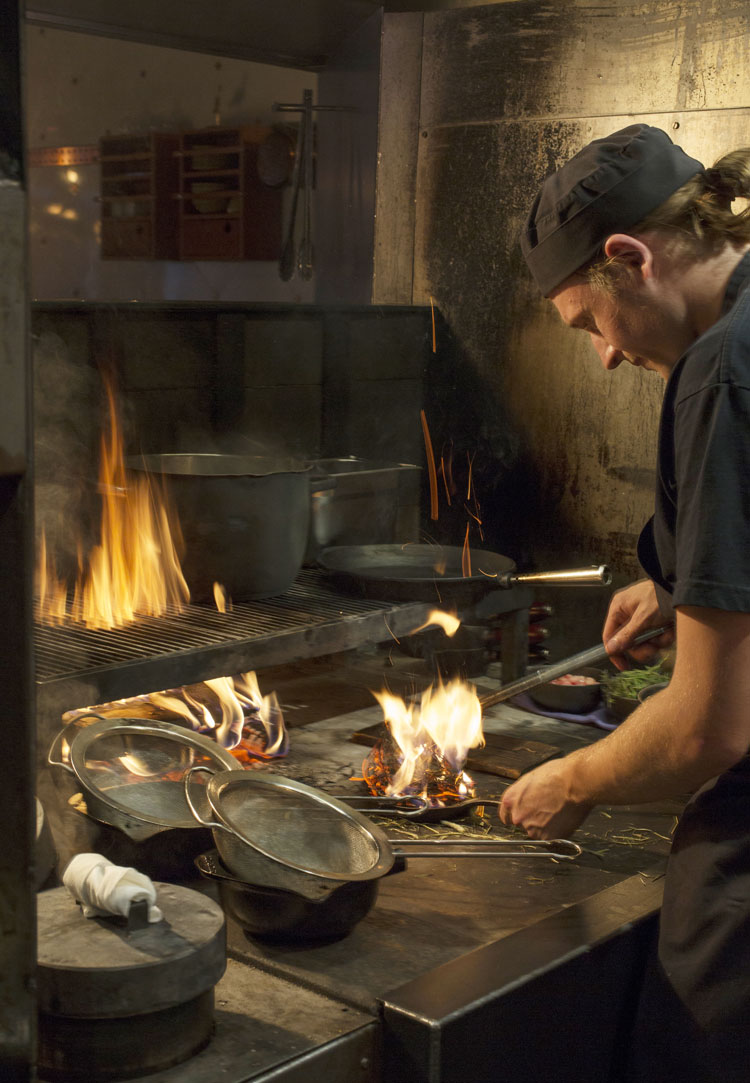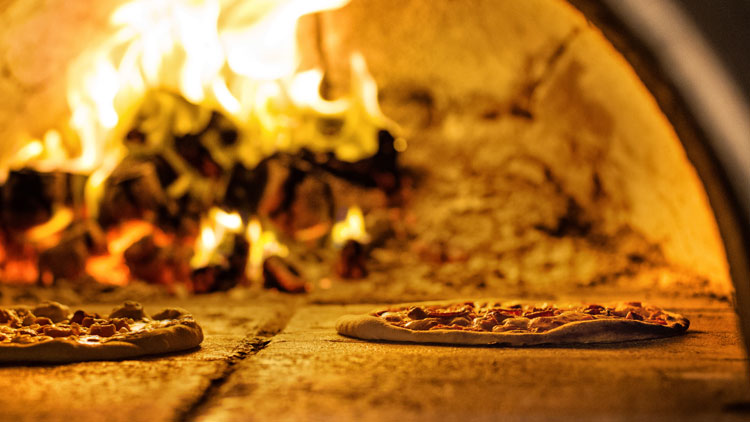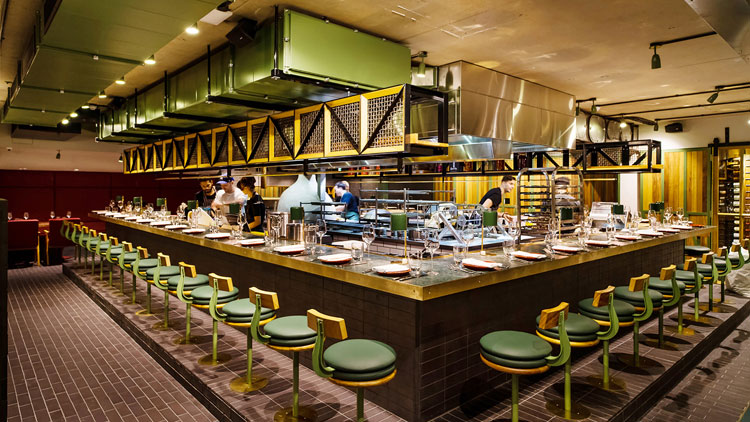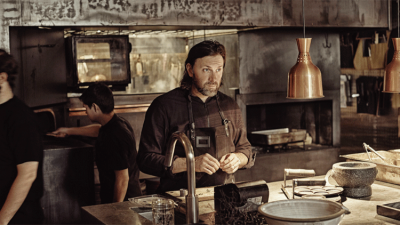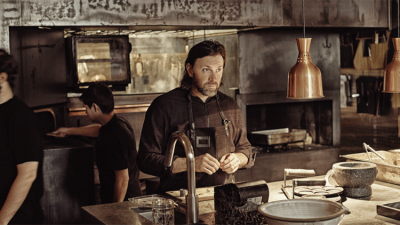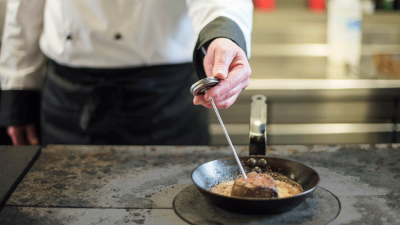Playing with fire: avoiding the hazards of solid-fuel cooking
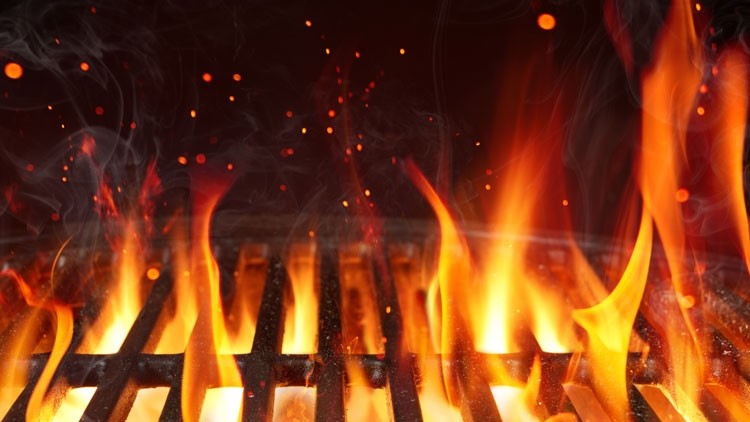
About eight years ago, two flatmates woke up feeling nauseous. Neither had been drinking alcohol or felt ill prior to going to bed. As the symptoms got worse, they telephoned to seek medical advice. Within half an hour, an ambulance and paramedic team had been dispatched, and the two friends were on their way to hospital with suspected carbon monoxide (CO) poisoning.
Investigators found no evidence of CO from any appliance at the flat itself, and it was only when they looked at the ground-floor property below the flat that they found the source of the gas: a charcoal grill that had been left burning slowly overnight. Normally, the fumes would have been extracted through a canopy and ducted – but the extraction had been switched off when the chefs left the kitchen.
The gas levels increased and, being lighter than air, rose through the floorboards into the accommodation above. Exposure to carbon monoxide at levels of 400ppm (parts per million) can be fatal after three hours: CO levels in the restaurant were measured at more than 500 ppm. If the two hadn’t woken up when they did, there is a chance that they would never have woken up at all.
I came across this story in the Journal of Public Health while researching the frustratingly complicated topic of solid fuel cooking. There are other stories like it. Thankfully, to date, there have been no recorded fatalities caused by carbon monoxide poisoning as a consequence of bad practice by a restaurant, but the concern right now is that this is more due to blind luck than careful judgment.
Precision is out, flames are in. Seemingly every high-profile
opening over the past year has focused
on cooking using elemental and ancient techniques
After a truly world-class dinner at Ekstedt in Stockholm last year, I began to see the merits of solid fuel cooking. Niklas Ekstedt’s eponymous restaurant has, in his words, ‘a completely analogue kitchen’ lacking gas and electricity in favour of wood and charcoal. He’s not alone. Chefs all over are swapping waterbaths for Kamado-style barbecues, their Thermomix for konro grills.
Precision is out, flames are in, and seemingly every high-profile opening over the past year has focused on the desire to cook using elemental and ancient techniques, forgoing the gadgets and technology of recent years, and returning cookery to something primordial: the basic mastery of fire. This was a bandwagon I wanted to jump on.
So, when planning a new city centre restaurant in Cambridge, we included a charcoal oven and Kamado barbecue in the drawings – which was when complications began. Once the extraction system had been drawn up to meet planning regulations and EHO guidelines, it came back at a price that would have eaten up well over a third of the entire budget. It also took months to get this information – and we received conflicting advice from the various parties we consulted. But what exactly is required of a chef or operator to cook safely and professionally with fire, and why is the issue so muddled?
Confusion over legislation
There are three main reasons for the confusion. First, the industry has moved at a pace the governing authorities can’t keep up with: chefs now adopt new ideas and techniques at lightning speed. We saw similar issues with low temperature sous-vide cookery several years ago and the pace of understanding on the part of food hygiene authorities was, frankly, glacial.
Second, there seems to be very little in the way of joined up thinking between local authorities, the Health & Safety Executive, environmental health officers and other industry bodies – which has created a confusing mass of information and misinformation on the topic. And third, and most importantly, is the lack of any distinct and specific legislation on the subject of using solid fuel appliances inside a professional kitchen.
There are guidelines. In January 2018, the Building Engineering Services Association (BESA) issued its first major revision of a document known as DW/172, originally published in 2005, which is currently regarded as the industry standard for best practice when it comes to kitchen ventilation systems. This new edition included, for the very first time, a section specifically devoted to solid fuel appliances that burn wood, as well as those that use charcoal as a heat source.
Steve McMahon, business development manager at Nationwide Ventilation, explains the significance of the document and says that while DW/172 is, in the strictest sense, a series of guidelines, they are as close to being regulations as it is possible to get. “If there was an accident, you would have to prove that your [ventilation] system was installed and maintained using best practice, as outlined in the document,” he says.
As you might expect from its catchy name, DW/172 is detailed, specific and complicated. Moreover, it is impossible to apply the guidelines across the board because every kitchen needs to be judged on its own merits. Air flow, fan size, length and type of ducting, size of kitchen, proximity to residential accommodation and many other factors all alter the extraction requirements of a ventilation system. “Barbecues and charcoal ovens are often seen as just another appliance,” adds McMahon. “But the reality is that you need to reassess the effectiveness of your extraction system whenever you acquire any new piece of kit.”
Stuart Hood, a fire risk assessor from Fire Consultancy Limited, is also cautious. “When I first came across [Kamado-style barbecues] seven or eight years ago, my first thought was ‘don’t use them inside’,” he says. His stance has softened slightly since then, but only a little.
“I’ve had to be realistic,” he adds. “I would prefer that they’re not in the kitchen at all, but not all restaurants have access to outside cooking spaces.” Hood’s priority is to reduce the risk as much as possible, largely through ensuring staff are adequately trained and aware of the extra dangers posed by the use of solid fuel appliances in an enclosed space.
Exposure to carbon monoxide
There is, of course, an increased risk of fire when using burning wood or coals. But a less obvious danger that solid fuel presents is exposure to carbon monoxide. This colourless, odourless and tasteless gas is given off as a by-product of combustion. It is also toxic, limits the ability of the blood to absorb oxygen and causes feelings of dizziness, nausea, light-headedness and headaches.
In other words, the kind of symptoms that chefs are used to working through, and are often put down to being tired, overworked, stressed or fighting through a bad cold.
Slow cooking, in particular, achieved through limiting the amount of oxygen available to the coals by shutting the vents in a barbecue, greatly increases the production of carbon monoxide. During the day, when an extraction system is running effectively, these harmful products of combustion can be safely removed to the outside world, but once the extraction is turned off, it’s not uncommon for fires to continue to burn and CO levels to become dangerously high.
For this reason, according to McMahon, “a CO monitor in the kitchen is an absolute must” when installing any solid fuel appliance – if possible, one connected directly to the extraction to enable it to turn on automatically if levels reach potentially dangerous volumes.
It should be said that it is perfectly legal – and safe, providing the correct ventilation is in place – to cook using charcoal under a canopy linked to the right kind of externally vented extraction system. However, the type and quality of the fuel is also crucial, as explained by David Ezrine, managing director at Big Green Egg UK. “Our charcoal is made from sustainably sourced hickory and oak,” he says. “The charcoal-making process removes toxic components from the wood so it burns much more cleanly,” so much so that it has been approved by DEFRA for indoor, as well as outdoor use.
Ezrine also says that Big Green Egg is “not in the business of commenting on extraction, and we assume anyone using the product indoors has sought advice to make sure it is being used correctly. We would advise anyone installing a Big Green Egg to seek independent advice with regards to extraction”.
It’s tempting to see solid fuel cooking as just
another trend, but implementing it is more
complex than attempting spherification
Natalie Thumwood, co-founder of Harrison Ovens, a UK-based manufacturer of charcoal ovens, agrees with Ezrine on both these points. “We always advise chefs to use an outside consultant to see if their extraction is able to cope with a charcoal oven,” she says. She also points out that different councils have different rules, so chefs must seek guidance from their environmental health officer to ensure they aren’t flouting local regulations. As Thumwood says: “There are different types of solid fuel cooking. Charcoal is different to wood.”
That last point is one of crucial importance, and marks the most significant revision in the 13 years since the first edition of DW/172 was issued. It states, quite simply, that ‘wood burning appliances shall not be incorporated into the same exhaust system which serves gas and electrical equipment’. There are several reasons for this, but the most important are preventing sparks from wood-burning equipment entering duct systems serving other cooking equipment, preventing the build up of grease and creosote in the system and reducing the risk of fire spreading through the duct system.
What’s more, any extract serving a wood-burning appliance must be made of stainless, as opposed to galvanised, steel due to the corrosive nature of the by-products of burning wood.
Seeing the wood from the trees
In short: if you want to include some element of wood burning in your operation, you should probably think long and hard about it because you will need to install a completely separate, and self-contained, extraction system.
Financially, this proved to be too much of a hurdle for me. I really liked the idea of cooking turbot over birchwood and smoking scallops with burning juniper branches, but not enough to shell out for two entire extraction systems, especially not in a 25-cover restaurant. Of course, I might not be quite as on-trend (or able to delve as deep into my Swedish roots) as I had hoped, but a conversation with Neil Rankin, the driving force behind London’s Temper restaurants, and modern pioneer of fire-based cookery, put that into perspective. Far from being evangelical about charcoal and wood, Rankin is pragmatic, and can’t quite make sense of the recent eulogising of either.
“Coal is simply a heat source,” he says, “just like gas or electricity or an oven. But for some reason it’s becoming more than that.”
And what about wood? Other than a wood-fired oven and a smoker “that burns just two or three logs a day”, Temper doesn’t use any wood for direct cooking.
As Rankin says: “It is inefficient and burns dirty. We should be getting away from the idea of burning wood. We have to be mindful of the environment and mindful of efficiencies.”
This is something that authorities, particularly in London, are already making steps to legislate on, with Sadiq Khan seeking to curb the use of wood-burning appliances, which account for almost 40% of damaging particulate matter in the UK’s atmosphere.
With the Government committed to improving air quality over the next 25 years, it’s not hard to imagine a near-future where, having spent tens of thousands of pounds on
the extraction to cook over wood, you’re then told that it can’t be used during episodes of bad air quality.
It’s tempting to see solid fuel cooking as just another trend, following on from molecular gastronomy or foraging, but implementing it is more complex than attempting spherification or pickling a few elderberries. It requires significant investment and commitment to do it properly and certainly needs to be considered with a great deal more thought. “We should be mindful of doing things for the right reasons,” says Rankin, “Not just because it’s cool.”
■ Alex Rushmer is a former chef-patron of The Hole in the Wall in Cambridge. He will open a new restaurant in the city next year.
So solid crew: key points to consider if installing a solid fuel appliance
■ Have a fire risk assessment done – this will almost certainly be a mandatory condition of your insurance policy
■ Speak to an extraction and ventilation engineer to ensure your system can cope with any new equipment
■ A wood-burning appliance will require a completely separate extraction system comprised of stainless steel
■ Make sure there is enough fresh air entering the kitchen to replace the extracted air. For a wood-burning appliance this should be a minimum of 75% of the total extracted flow rate
■ Only use fuel recommended by the equipment manufacturers
■ Install a carbon monoxide monitor and ensure that there is an ‘over-run’ on your ventilation system if any fuel is left burning overnight
